
The Nippon Sei Ko Kai, abbreviated as NSKK, sometimes referred to in English as the Anglican Episcopal Church in Japan, is the national Christian church representing the Province of Japan within the Anglican Communion.

Nashotah House is an Anglican seminary in Nashotah, Wisconsin. The seminary opened in 1842 and received its official charter in 1847. The institution is independent and generally regarded as one of the more theologically conservative seminaries in the Episcopal Church. It is also officially recognized by the Anglican Church in North America. Its campus was listed on the National Register of Historic Places in 2017.
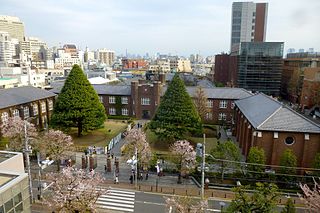
Rikkyo University, also known as Saint Paul's University, is a private university, in Ikebukuro, Tokyo, Japan. Rikkyo is one of the five MARCH universities, the group of elite private universities in the Kanto region, together with Meiji, Aoyama Gakuin, Chuo, and Hosei.
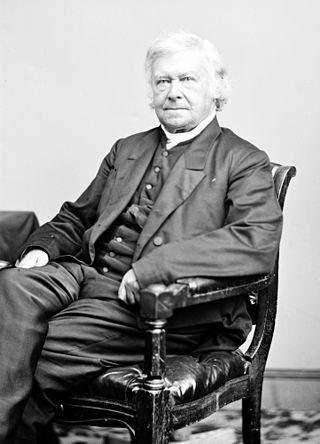
Jackson Kemper in 1835 became the first missionary bishop of the Episcopal Church in the United States of America. Especially known for his work with Native American peoples, he also founded parishes in what in his youth was considered the Northwest Territory and later became known as the "Old Northwest", hence one appellation as bishop of the "Whole Northwest". Bishop Kemper founded Nashotah House and Racine College in Wisconsin, and from 1859 until his death served as the first bishop of the Episcopal Diocese of Wisconsin.
Charles Edward Jenkins III was the 10th bishop of the Episcopal Diocese of Louisiana.

Samuel Isaac Joseph Schereschewsky, also known as Joseph Schereschewsky, was the Anglican Bishop of Shanghai, China, from 1877 to 1884. He founded St. John's University, Shanghai, in 1879.

Frank Tracy Griswold III was an American clergyman who served as the 25th Presiding Bishop of the Episcopal Church.
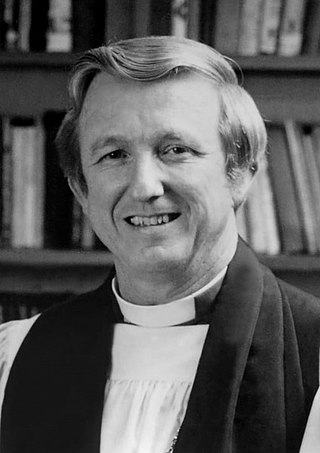
Edmond Lee Browning was an American bishop. He was the 24th presiding bishop and primate of the Episcopal Church in the United States of America.

William Howard Love is an American prelate. Love was the ninth bishop of the Episcopal Diocese of Albany, and he served in that role from 2007 until January 31, 2021. Beginning in April 2021, Love has served as Assistant Bishop of the Anglican Diocese of the Living Word.

St. Luke's International Hospital is a general and teaching hospital located in the Tsukiji district of Chūō, Tokyo, Japan.
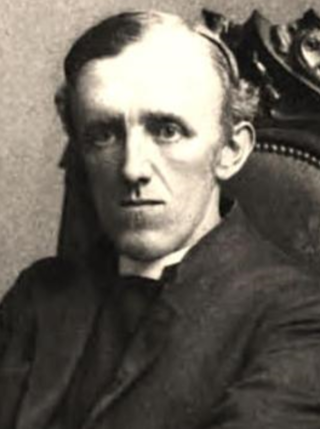
Edward Bickersteth was an ordained Anglican missionary, Bishop of South Tokyo, and a leading figure in both the establishment of the Cambridge Mission to Delhi and in the early years of the Anglican Church in Japan.
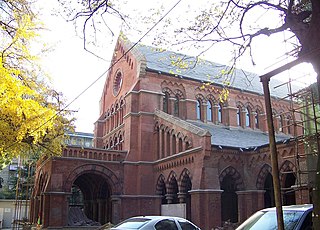
Chung Hua Sheng Kung Hui, known in English as the Holy Catholic Church in China or Anglican-Episcopal Province of China, was the Anglican Church in China from 1912 until about 1958, when it ceased operations.

Channing Moore Williams was an Episcopal Church missionary, later bishop, in China and Japan. Williams was a leading figure in the establishment of the Anglican Church in Japan. His commemoration in some Anglican liturgical calendars is on 2 December.
Albert Arthur Chambers was the seventh bishop of the Episcopal Diocese of Springfield, serving from 1962 to 1972. He then retired in part because he opposed revising the Book of Common Prayer and ordaining women as priests, which would be expressly authorized by the General Convention in 1976.

Paul Frederick Rusch was a lay missionary of the Anglican Church in Japan.
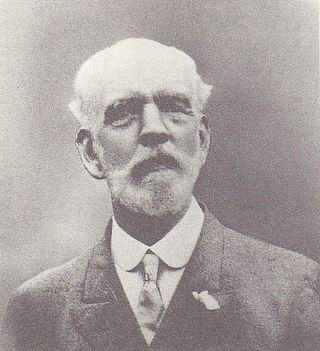
James McDonald Gardiner was an American architect, lay Anglican church missionary and educator who lived and worked in Japan during the Meiji period.

Rudolf Bolling Teusler M.D. was a medical physician and lay missionary to Japan who worked under the auspices of the Foreign and Domestic Missionary Society of the American Episcopal Church.

Joseph Marshall Francis was an American Episcopal bishop. He was the sixth Bishop of Indiana in The Episcopal Church.
Shirley Hall Nichols was a missionary bishop of The Episcopal Church in Japan from 1926 until 1940, and later of Salina between 1943 and 1955.
















